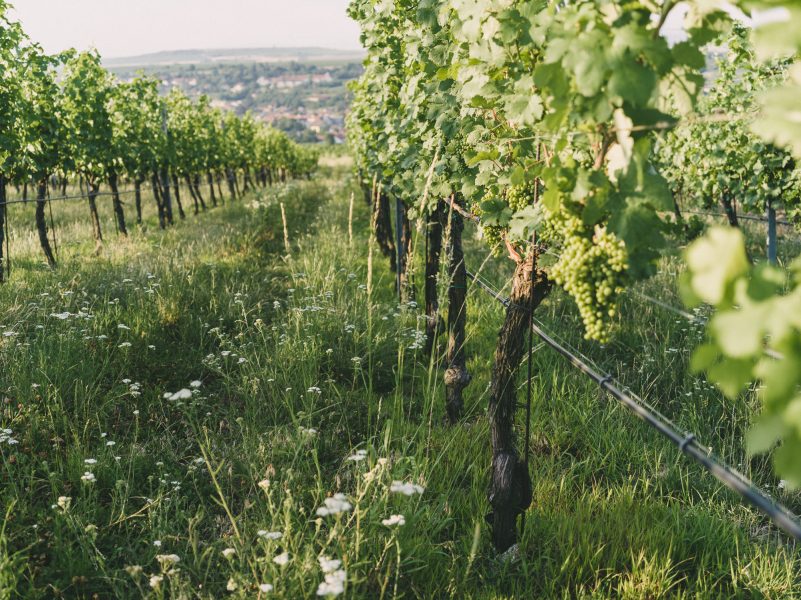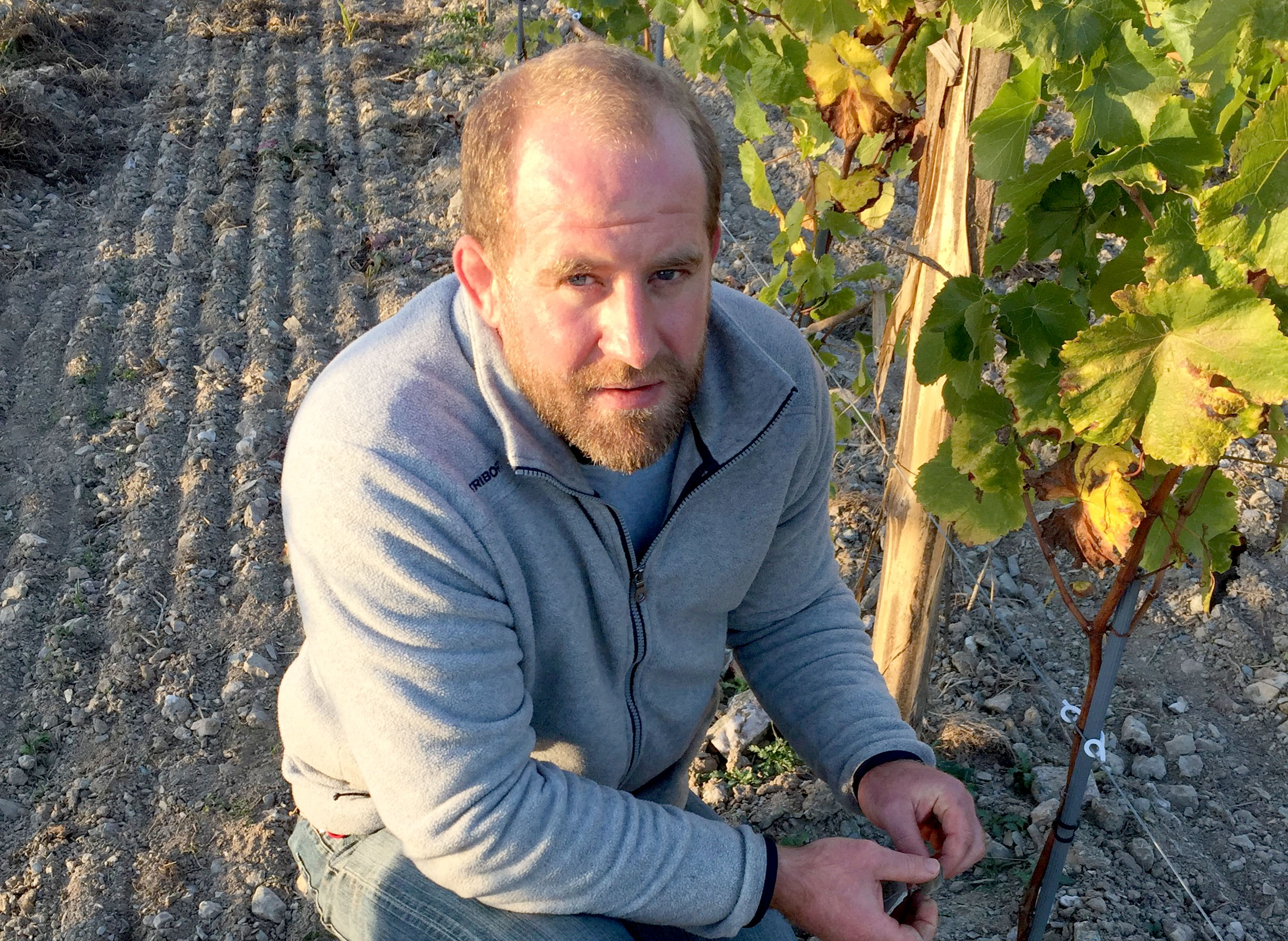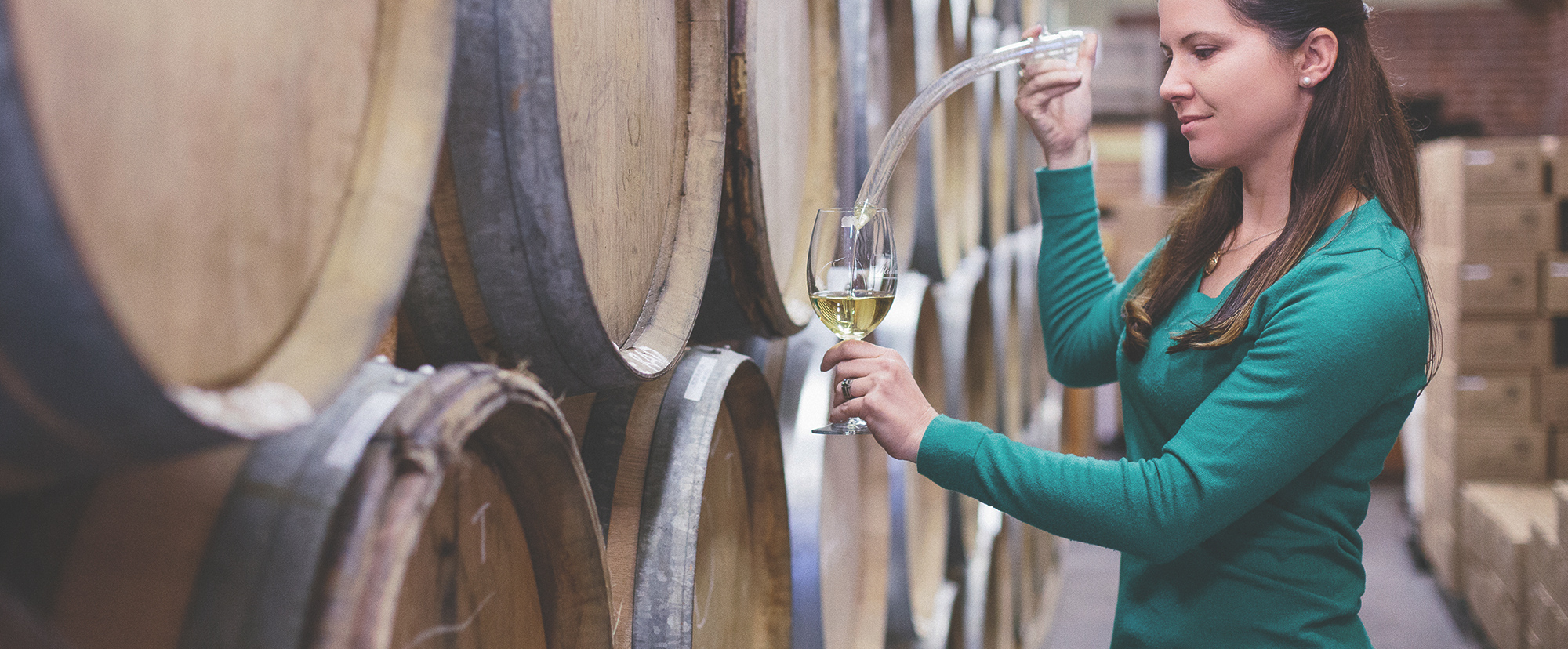Each year in early May we take an annual trip to Austria to taste the new vintage with our nineteen growers. The start of Spring is a wonderful time in Austria: asparagus is everywhere, wine country is lush and green, and tasting the new vintage against this backdrop is a pleasure. This year’s tasting trip was canceled for obvious reasons, and the proposition of writing this year’s vintage report was especially challenging.
Luckily, we work with a group of fantastic producers in Austria who sent us wines to taste and who sat through many hours of virtual tastings, patiently answering questions and describing vintage conditions detailing how the wines are developing in cask.
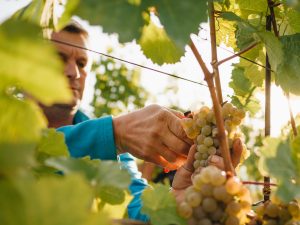 We won’t bury the lede further; 2019 is poised to be one of the best vintages in Austria in the last decade. Growers have compared it favorably to 1999, a historic vintage in Austria (click here for the vintage chart for Austrian wines from 1986-2019). From the wines we have tasted, it is a vintage that supports both Grüner Veltliner and Riesling equally, with a crisp structure, high ripeness, and great aromatic complexity. Each vintage has its own strength and it is quite rare to have a vintage like this, that seems to have produced excellent, ripe expressions of these complementary grape varieties. The rosés also show an incredible range and depth of character; 2019 is an excellent vintage for these wines, too. In Burgenland, growers have said that the quality of the harvest and the potential for the red wines is enormous, while the overall quantity is, unfortunately, rather low.
We won’t bury the lede further; 2019 is poised to be one of the best vintages in Austria in the last decade. Growers have compared it favorably to 1999, a historic vintage in Austria (click here for the vintage chart for Austrian wines from 1986-2019). From the wines we have tasted, it is a vintage that supports both Grüner Veltliner and Riesling equally, with a crisp structure, high ripeness, and great aromatic complexity. Each vintage has its own strength and it is quite rare to have a vintage like this, that seems to have produced excellent, ripe expressions of these complementary grape varieties. The rosés also show an incredible range and depth of character; 2019 is an excellent vintage for these wines, too. In Burgenland, growers have said that the quality of the harvest and the potential for the red wines is enormous, while the overall quantity is, unfortunately, rather low.
A now rare combination of climatic conditions has produced a vintage which is being universally praised. The winter of 2019 was mild, and the first three months of the year were warmer than normal and quite dry. Growers feared that this would be another early vintage, like 2018. April started to cool and May became colder and very wet, slowing down development in the vines. June turned warm and flowering was between the 10th-15th of June, in line with the average dates for flowering. The rest of June was quite hot, the hottest month of the summer.
In contrast, 2018’s flowering was much earlier, and August was the hottest month, spurring the earliest harvest since records were kept.
In July and August, the weather was warm and dry, but the average temperature dropped each month. The dry period continued for the rest of summer, but relief came in the first week of September with a good amount of rainfall. The rest of September and into October was cool, sunny and dry, making the pressure for botrytis and other fungal issues low.
Many growers described perfect conditions and a cool and sunny harvest. “In 2018 you had to really hurry with some sites as ripeness accelerated,” said Leo Alzinger, “and in 2019, you had to find the perfect moment, but you could wait for this to come.”
The healthy fruit had great levels of nutrition and both Riesling and Grüner Veltliner were “a pleasure to work with in the cellar. The fermentation started immediately and took off. All of the elements that were needed in a vintage were found easily in 2019,” said Wickhoff.
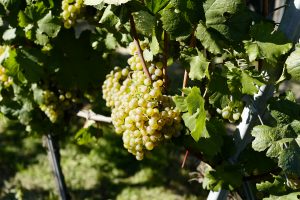
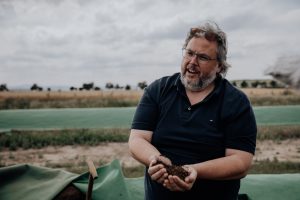
Listen to our growers detail the vintage
NIKOLAIHOF
Video Length: 10:50
ALZINGER
Video Length: 15:09
BERGER
Video Length: 10:02
OTT
Video Length: 23:24
BRÜNDLMAYER
Video Length: 19:22
HIEDLER
Video Length: 19:34
GOBELSBURG
Video Length: 1:01:44
SETZER
Video Length: 16:06
PRIELER
Video Length: 17:13
CLICK HERE FOR OUR 2019 GERMANY VINTAGE REPORT




